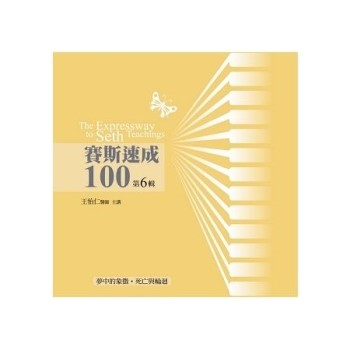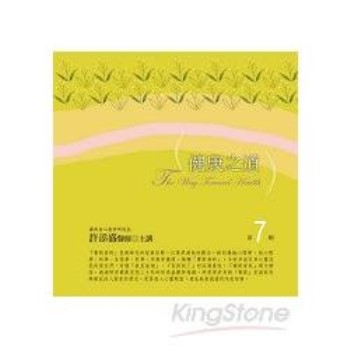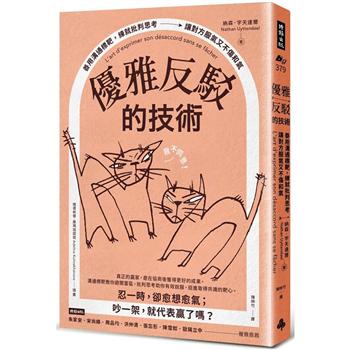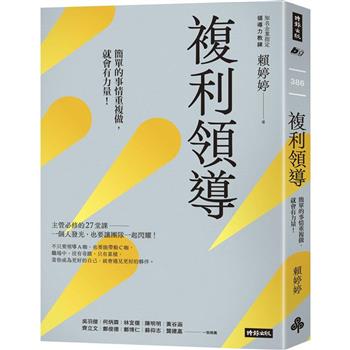| FindBook |
有 1 項符合
War and Peace的圖書 |
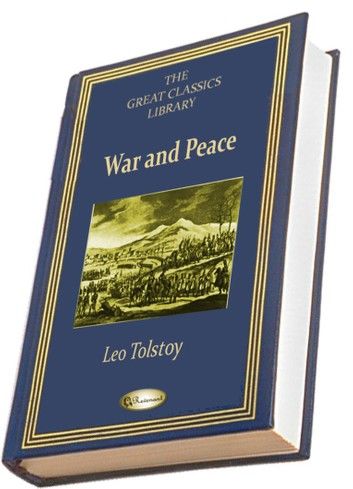 |
War and Peace 作者:Leo Tolstoy 出版社:Revenant 出版日期:2013-01-04 語言:英文 |
| 圖書館借閱 |
| 國家圖書館 | 全國圖書書目資訊網 | 國立公共資訊圖書館 | 電子書服務平台 | MetaCat 跨館整合查詢 |
| 臺北市立圖書館 | 新北市立圖書館 | 基隆市公共圖書館 | 桃園市立圖書館 | 新竹縣公共圖書館 |
| 苗栗縣立圖書館 | 臺中市立圖書館 | 彰化縣公共圖書館 | 南投縣文化局 | 雲林縣公共圖書館 |
| 嘉義縣圖書館 | 臺南市立圖書館 | 高雄市立圖書館 | 屏東縣公共圖書館 | 宜蘭縣公共圖書館 |
| 花蓮縣文化局 | 臺東縣文化處 |
|
|
"It is now quite clear that from 1868 when War And Peace was published the very essence of what we call Russian literature has become quite different, acquired the new form and meaning" - Nikolai Strakhov
Strakhov was the first critic in Russia who declared Tolstoy's novel to be a masterpiece of a level previously unknown in Russian literature. Among reviewers of the novel were military men and authors specializing in the war literature. Most praised the artfulness and realism of Tolstoy's battle scenes. N.Lachinov, a member of the Russky Invalid newspaper staff (#69, April 10, 1868) called the Battle of Schöngrabern scenes "bearing the highest degree of historical and artistic truthfulness" and totally agreed with the author's view on the Battle of Borodino which some of his opponents were disputing. The army general and respected military writer Mikhail Dragomirov in an article published in Oruzheiny Sbornik (The Military Almanac, 1868-1870), while disputing some of Tolstoy's ideas concerning the "spontaneity" of wars and the role of commander in battles, advised all the Russian Army officers to use War and Peace as their desk book, describing its battle scenes as "incomparable" and "serving for an ideal manual to every textbook on theories of military art."
Fyodor Dostoyevsky described War and Peace as "the last word of the landlord's literature and the brilliant one at that". He described Tolstoy as "a historiograph of the dvoryanstvo, or rather, its cultural elite." "The objectivity and realism impart wonderful charm to all scenes, and alongside people of talent, honour and duty he exposes numerous scoundrels, worthless goons and fools," he added. In 1876 Dostoyevsky wrote: "My strong conviction is that a writer of fiction has to have most profound knowledge - not only of the poetic side of his art, but also the reality he deals with, in its historical as well as contemporary context. Here [in Russia], as far as I see it, only one writer excels in this, Count Lev Tolstoy."
War and Peace delineates in graphic detail events surrounding the French invasion of Russia, and the impact of the Napoleonic era on Tsarist society, as seen through the eyes of five Russian aristocratic families. Portions of an earlier version of the novel, then known as The Year 1805, were serialized in the magazine The Russian Messenger between 1865 and 1867. The novel was first published in its entirety in 1869. Newsweek in 2009 ranked it first in its list of the Top 100 Books.In 2003, the novel was listed at number 20 on the BBC's survey The Big Read.
Tolstoy himself said of War and Peace that it was "not a novel, even less is it a poem, and still less a historical chronicle." Large sections of the work, especially in the later chapters, are philosophical discussion rather than narrative. (Tolstoy regarded Anna Karenina as his first true novel.)
|
